Group Group IV ((+)ssRNA) Rank Species | Order Unassigned | |
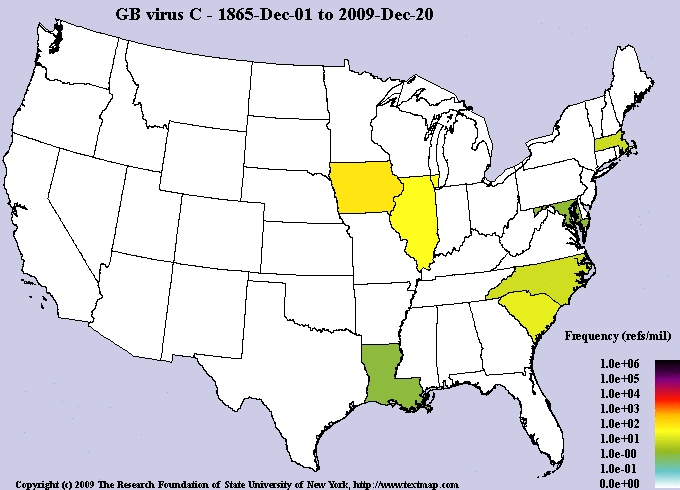 | ||
Similar Transfusion transmitted virus, Flaviviridae, Hepacivirus, Hepadnaviridae, Positive‑sense single‑stranded RNA virus | ||
What is the definition of gb virus c medical dictionary free online terms
GB virus C (GBV-C), formerly known as hepatitis G virus (HGV) and also known as HPgV is a virus in the Flaviviridae family and a member of the Pegivirus genus, is known to infect humans, but is not known to cause human disease. There have been reports that HIV patients coinfected with GBV-C can survive longer than those without GBV-C, but the patients may be different in other ways. There is current active research into the virus' effects on the immune system in patients coinfected with GBV-C and HIV.
Contents
- What is the definition of gb virus c medical dictionary free online terms
- Medical vocabulary what does gb virus c mean
- History
- Taxonomy
- Epidemiology
- Virology
- Human infection
- References

Medical vocabulary what does gb virus c mean
History

Hepatitis G virus and GB virus C (GBV-C) are RNA viruses that were independently identified in 1995, and were subsequently found to be two isolates of the same virus. Although GBV-C was initially thought to be associated with chronic hepatitis, extensive investigation failed to identify any association between this virus and any clinical illness. GB Virus C (and indeed, GBV-A and GBV-B) is named after the surgeon, G. Barker, who fell ill in 1966 with a non-A non-B hepatitis which at the time was thought to have been caused by a new, infectious hepatic virus.
Taxonomy
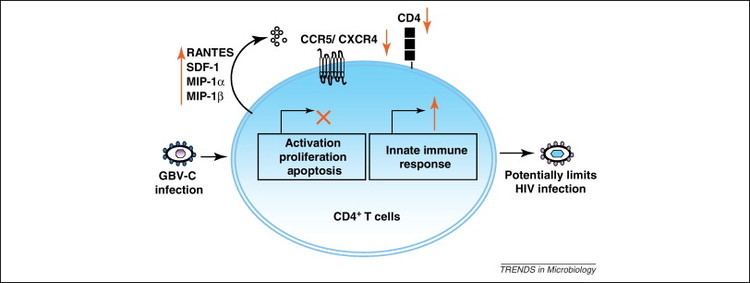
GBV-C is a member of the Flaviviridae family and is phylogenetically related to hepatitis C virus, but replicates primarily in lymphocytes, and poorly, if at all, in hepatocytes. GBV-A and GBV-B are probably tamarin viruses, while GBV-C infects humans. The GB viruses have been tentatively assigned to a fourth genus within the Flaviviridae named "Pegivirus", but this has yet to be formally endorsed by The International Committee on Taxonomy of Viruses.
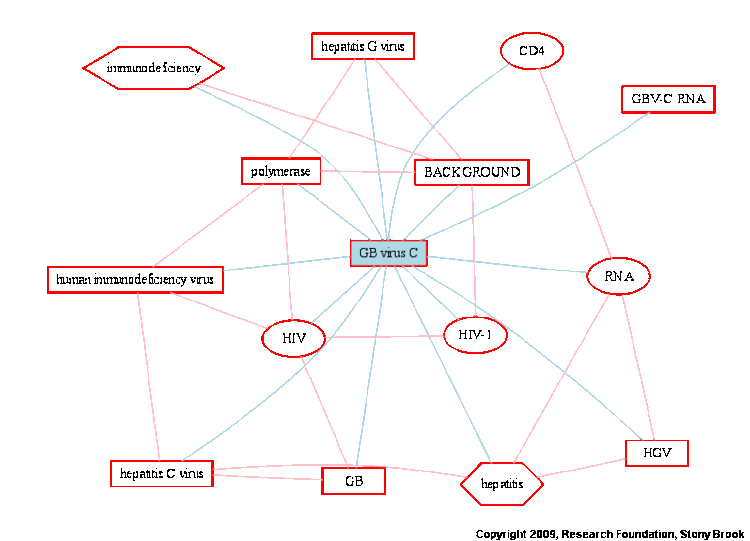
Another member of this clade, GBV-D, has been isolated from a bat (Pteropus giganteus). GBV-D may be ancestral to GBV-A and GBV-C.
The mutation rate of the GBV-C genome has been estimated at 10−2 to 10−3 substitutions/site/year.
Epidemiology
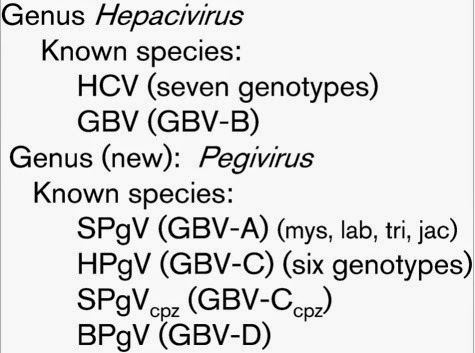
GBV-C infection has been found worldwide and currently infects approximately one sixth of the world's population. High prevalence is observed among subjects with the risk of parenteral exposures including those with exposure to blood and blood products, those on hemodialysis, and intravenous drug users. Sexual contact and vertical transmission may occur. About 10–25% of hepatitis C infected patients and 14–36% of drug users who are seropositive for HIV-1 show the evidence of GBV-C infection.
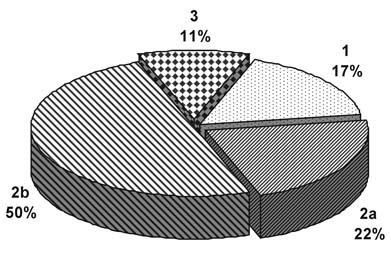
It has been classified into six genotypes and many subtypes with distinct geographical distributions. A seventh has also been described.
Genotype 1 is predominant in Africa and is divided into five subtypes. Genotype 2 has three subtypes and is found in Europe and America. Genotype 3 is the most common in Asia including Japan and China. Genotype 4 is predominant in Southeast Asia and genotype 5 is only seen in South Africa. Genotype 6 has been described in Indonesia.
Genotype 5 appears to be basal in the phylogenetic tree suggesting an African origin for this virus.
Virology
It has a single stranded positive RNA genome of about 9.3 kb and contains a single open reading frame (ORF) encoding two structural (E1 and E2) and five non-structural (NS2, NS3, NS4, NS5A, and NS5B) proteins. GB-C virus does not appear to encode a C (core or nucleocapsid) protein like, for instance, hepatitis C virus. Nevertheless, viral particles have been found to have a nucleocapsid. The source of the nucleocapsid protein remains unknown.
Human infection
The majority of immune-competent individuals clear GBV-C viraemia, but in some individuals infection persists for decades. However, the time interval between GBV-C infection and clearance of viraemia (detection of GBV-C RNA in plasma) is not known.
Approximately 2% of healthy US blood donors are viraemic with GBV-C, and up to 13% of blood donors have antibodies to E2 protein, indicating possible prior infection.
Parenteral, sexual and vertical transmission of GBV-C have been documented. Because of shared modes of transmission, individuals infected with HIV are often coinfected with GBV-C; the prevalence of GBV-C viraemia in HIV patients ranges from 14 to 43%.
Several but not all studies have suggested that coinfection with GBV-C slows the progression of HIV disease. In vitro models also demonstrated that GBV-C slows HIV replication. This beneficial effect may be related to action of several GBV-C viral proteins including NS5A phosphoprotein and E2 envelope protein.
